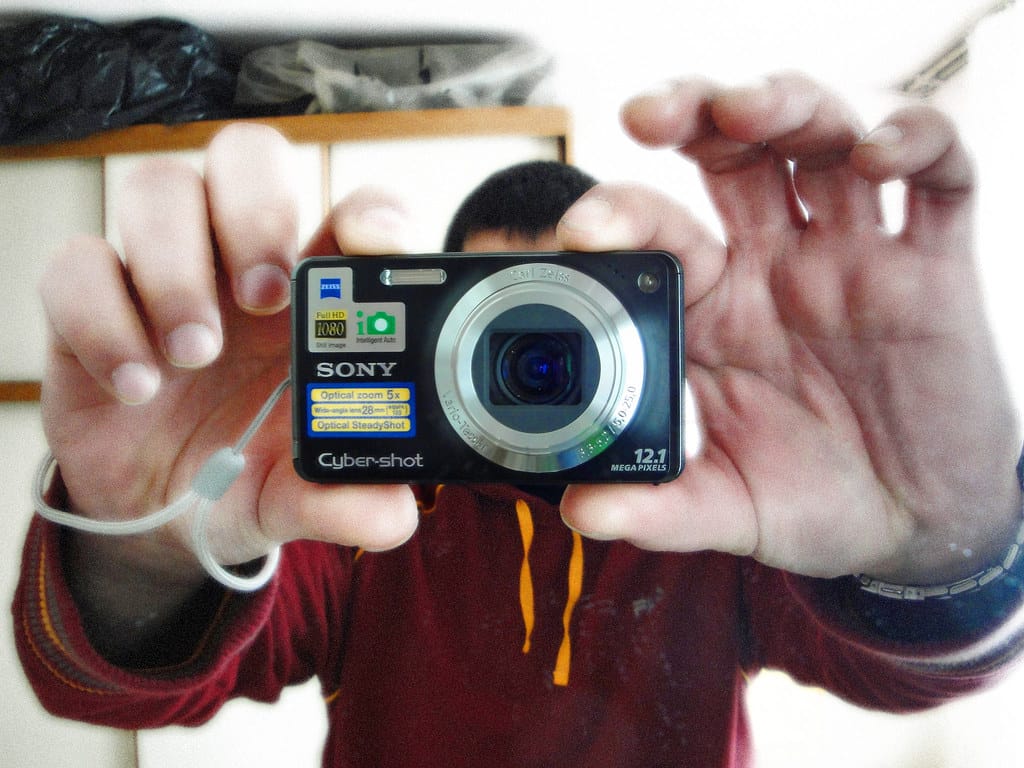Sony's Camera Conundrum: Why the Tech Giant Won't Budge on Bulky Bodies
In an era where smartphone cameras fit in your pocket and deliver stunning results, Sony continues to insist that bigger is better when it comes to professional camera bodies. Despite mounting pressure from content creators, travel photographers, and everyday users demanding more portable options, the Japanese electronics giant remains stubbornly committed to chunky, heavy camera designs that seem increasingly out of step with modern consumer preferences.
The Weight of Tradition
Sony's reluctance to significantly reduce camera size isn't just corporate stubbornness—it's deeply rooted in decades of camera engineering philosophy. The company's flagship Alpha series cameras, including the popular A7R V and A7S III, maintain substantial grips and bodies that professional photographers have come to expect. While competitors like Fujifilm have successfully created compact mirrorless systems without sacrificing image quality, Sony seems convinced that size equals capability.
This approach made sense in the DSLR era, when larger bodies housed complex mirror mechanisms and pentaprisms. But in today's mirrorless landscape, where internal components have shrunk dramatically, Sony's commitment to bulk appears increasingly antiquated.
The Numbers Don't Lie
Recent market research reveals a telling trend: 68% of camera buyers under 35 prioritize portability over traditional ergonomics, according to a 2023 CIPA (Camera & Imaging Products Association) survey. Meanwhile, Sony's A7R V weighs 723 grams—nearly 200 grams heavier than Fujifilm's comparable X-T5. For travel photographers and content creators who carry equipment for hours, these differences translate into real-world fatigue and inconvenience.
The weight disparity becomes even more pronounced when considering lens ecosystems. Sony's native lenses tend to be larger and heavier than competitors', creating a compound effect that makes entire camera systems unwieldy for extended use.
Professional Pushback
"I've been shooting with Sony for years, but I'm seriously considering switching to Fujifilm," says Maria Chen, a wedding photographer based in San Francisco. "My clients want me to be mobile and unobtrusive, but lugging around a massive Sony setup makes me feel like I'm carrying a brick."
This sentiment echoes across photography communities on Reddit, YouTube, and professional forums. Content creators, in particular, have become increasingly vocal about Sony's size problem. Travel YouTubers and Instagram photographers—key demographics driving camera sales—consistently cite portability as their primary concern when choosing equipment.
The Engineering Excuse
Sony's official position centers on thermal management and professional ergonomics. The company argues that larger bodies provide better heat dissipation during extended video recording sessions and offer superior handling for users with larger hands. These aren't entirely invalid points—the A7S III's robust 4K video capabilities do generate significant heat, and many professional photographers appreciate substantial grips.
However, critics point out that other manufacturers have solved these challenges without resorting to oversized bodies. Canon's R6 Mark II delivers comparable video performance in a more compact form factor, while Panasonic's S5 II offers exceptional ergonomics despite its relatively modest dimensions.
Market Consequences
Sony's size stubbornness is beginning to show in sales figures. While the company maintains its position as the mirrorless market leader, growth has slowed in key consumer segments. Fujifilm, by contrast, has seen steady gains among younger photographers and content creators who prioritize portability.
The rise of smartphone photography has also shifted consumer expectations. Users accustomed to achieving professional-looking results with pocket-sized devices are increasingly reluctant to invest in bulky camera systems, regardless of their technical superiority.
The Path Forward
Sony's camera division faces a critical decision point. The company's technical prowess and sensor technology remain industry-leading, but these advantages mean little if consumers find the products too cumbersome to use regularly. The success of compact cameras like the Ricoh GR series and Fujifilm's X100 lineup demonstrates clear market demand for portable, high-quality photography tools.
Conclusion
Sony's camera size philosophy represents a fascinating case study in corporate inflexibility. While the company's commitment to professional-grade performance is admirable, its refusal to meaningfully address portability concerns risks alienating an entire generation of photographers. As the photography market continues evolving toward mobility and convenience, Sony's stubborn adherence to bulky designs may ultimately prove to be a costly miscalculation. The question isn't whether Sony can build smaller cameras—it's whether the company will swallow its pride and do so before competitors capture even more market share.
